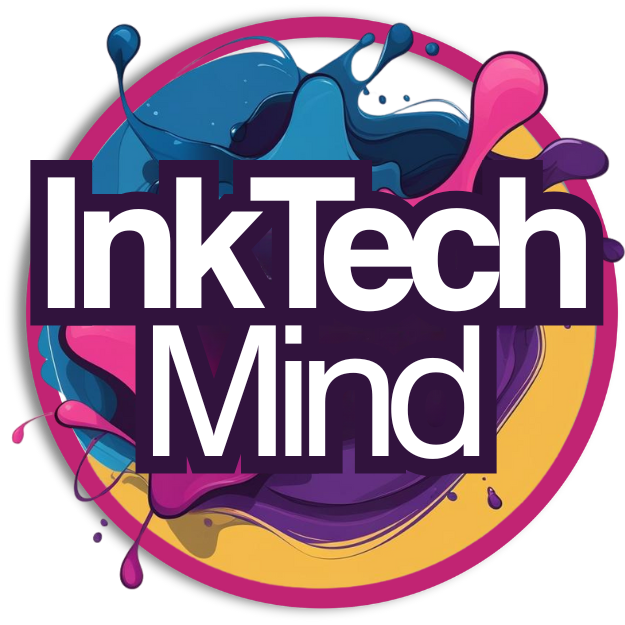Joysticks now print money.
Last week, Saudi-backed ESL FACEIT Group bought Vindex, the esports and gaming tech company co-founded by Major League Gaming’s Mike Sepso. Price: not disclosed. Signal: very loud. The deal folds Vindex’s production arm, Engine Media, and its data tools into ESL FACEIT’s already massive tournament machine. Translation: fewer moving parts, more firepower, and a clearer path to turning clicks into cash.
It’s part of a sprint. ESL FACEIT already runs some of the biggest competitions for Counter-Strike and more, with Saudi Arabia’s Savvy Games Group pumping in billions to build a global gaming empire. Now they’re scooping up the plumbing behind the streams: studios, analytics, ad tech, the boring stuff that actually pays the bills. Vindex slots in like a new turbocharger.
Why now? Audiences are sticky again. Counter-Strike 2’s first Major this year hit record viewership. Valorant keeps climbing. And brands have learned a new trick: stop dumping money into flashy teams, start buying the broadcast itself. It’s like realizing the lemonade stand is nice, but owning the sidewalk is better.
The old esports dream—teams as the next Yankees—stalled. Salaries ballooned. Sponsorship sugar highs faded. A few orgs downsized hard. But tournament operators and publishers? Different story. They own the schedule, the stage, and increasingly, the checkout line. ESL FACEIT’s move says the meta has shifted from “be famous” to “own infrastructure.”
And infrastructure scales. Production studios that crank out a Counter-Strike final can also cook a Rocket League qualifier and a brand-backed show on Tuesday. Vindex brought a toolkit: studio networks, remote production, monetization tech, and enough data to know exactly when you alt-tab. It’s not sexy, but neither is a server rack, and those print more money than a team hoodie.
There’s a geopolitical subplot, too. Saudi investments are reshaping gaming at warp speed. New arenas. New prize pools. A calendar that starts to look like Formula 1, but with headshots. Expect more consolidation as rival organizers try not to get map-controlled.
For players and fans, this could mean cleaner broadcasts, bigger pots, and more regular seasons you can actually plan around. For brands, it’s a one-stop shop: skip the chaos, buy into a package with guaranteed eyeballs. For indie events—well, hope you like niche maps.
The billion-dollar boom isn’t a hype reel anymore. It’s a utilities business wearing a gamer hoodie—pipes, platforms, and programming lining up to sell you a front-row seat to digital stadiums.
Esports didn’t just level up. It bought the server.

